I knew Hopper before I met him again in Lausanne a couple of weeks ago and I was delighted to say hello to him again. He had some new things to show me.
I’ve known his beautiful but quiet women:
Silence is ubiquitous in his paintings even when there are many people present—it’s almost as if you have surprised these two ladies having dinner at “Chop Suey” restaurant (1927). You always feel that Hopper is on the verge of saying something, but he hardly does.
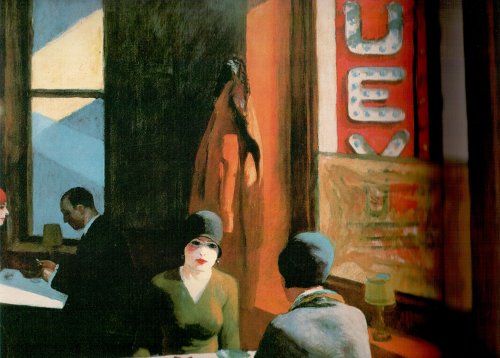 As John Updike observes, “we are always eavesdropping on that wonderful Hopper silence.”
As John Updike observes, “we are always eavesdropping on that wonderful Hopper silence.”
Just twenty years before the above paintings, Hopper painted his women like this (I had fun playing with these little water paintings):
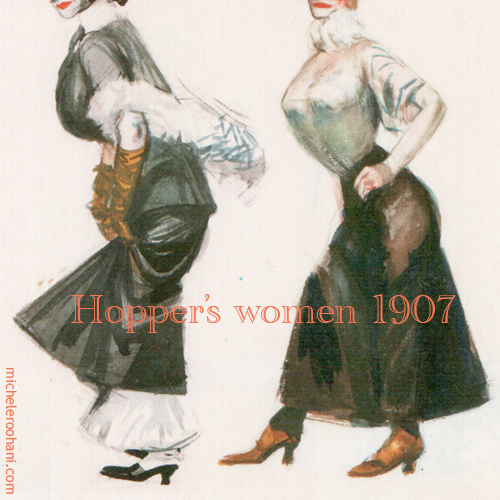 After visiting Paris in 1906, “protected from the slow ravages of compromise—either with public taste or with his own immaturity—he developed his style invisibly along with his character”. Look at his men—I love the look of the dandy:
After visiting Paris in 1906, “protected from the slow ravages of compromise—either with public taste or with his own immaturity—he developed his style invisibly along with his character”. Look at his men—I love the look of the dandy:
People at the theater, listening intently:
Hopper was fascinated by the city at night, solitude, and silence; this is where he shines the most: a scene of a roman noir of the 1930’s…
I loved the studies for his most famous painting, the Nighthawks; you are almost waiting for Humphrey Bogart to turn around and say something to you:
Voilà! The quintessential Hopper: “he stares with sober passion at the most ordinary things about the U.S.”
I have great memories of New York diners of the 1980’s (when I used to take English classes in Manhattan); they conjure up my first impressions of United States. The NY Times article Ajay is pointing to in his comment is an amusing end to the puzzle of Hopper’s DINER. Hopper, famous for his reticence (“If you could say it in words,” he says, “there’d be no reason to paint”) created the Diner in his imagination!
Let’s just go back to his women again. They bathe in liquid light: this movie usher below (1939), waits in her own little world, oblivious to the sound of the film being played next door in the theater.
He painted nudes too—he always used his wife, Josephine as the model; I like this one best where you can’t see her face:
His paintings are not overloaded with details and information but the essential message is well expressed. The painting below is one of my favorites; Mitra and I stopped in front of it for a few minutes wondering about the simple elegance of this image:
Say hello to Edward Hopper, a silent witness to an American century—he painted during 60 years of his 84 years on earth!
To me, Hopper excels when depicting women—look at this beautiful woman in south Carolina. You can almost hear Duke Ellington’s Chloé…
I waited that morning for Hopper in Lausanne’s Hotel Beau Rivage where you can only afford to have a coffee.
I went to Fondation de l’Hermitage to see Monsieur Hopper and the rest is History…
After the exhibition a stop at l’Esquisse, the little café of the museum, rich with climbing roses.
Hopper’s quiet canvases are well appreciated in these times of constant chatter and chaos; I wonder how he would have painted a rose…
I may see Mister Hopper again in Paris in the near future in Grand Palais from June 10th 2012 through January 28th 2013.

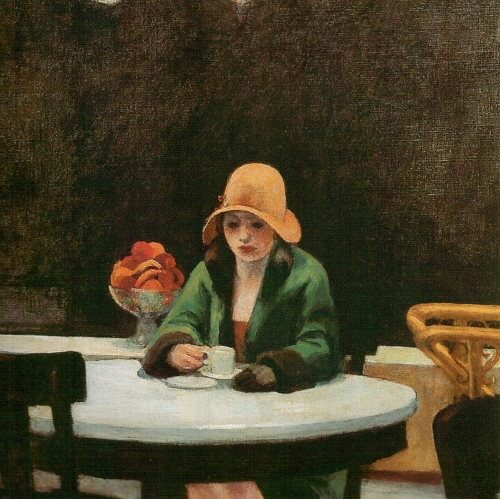
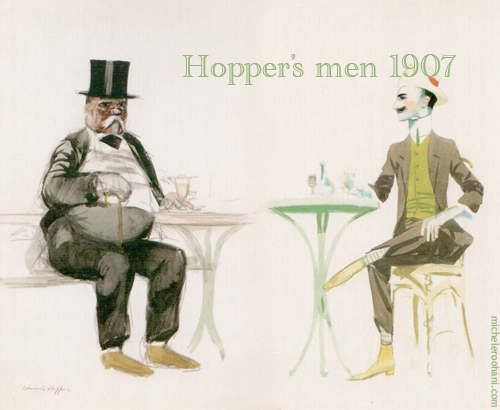
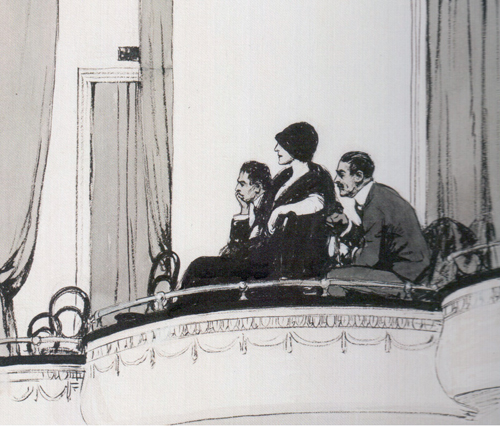
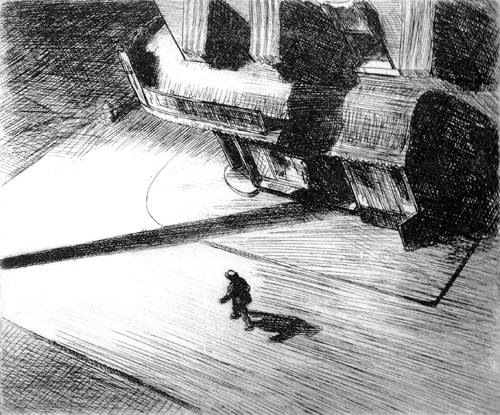
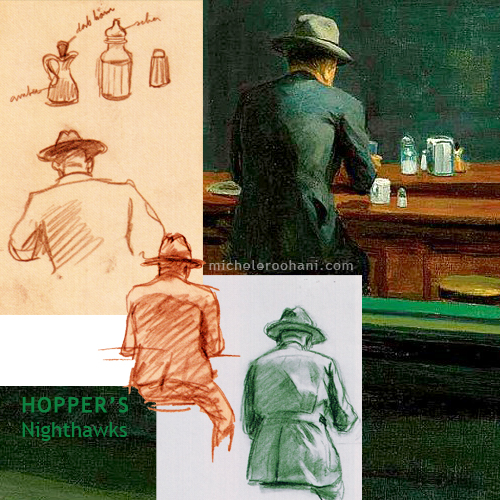
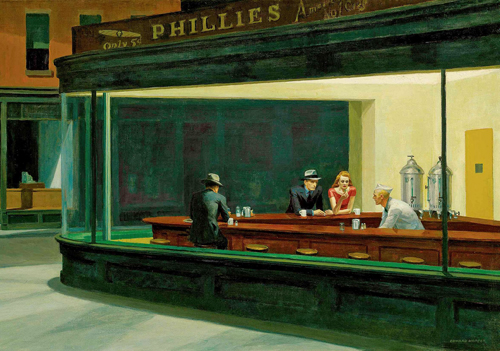
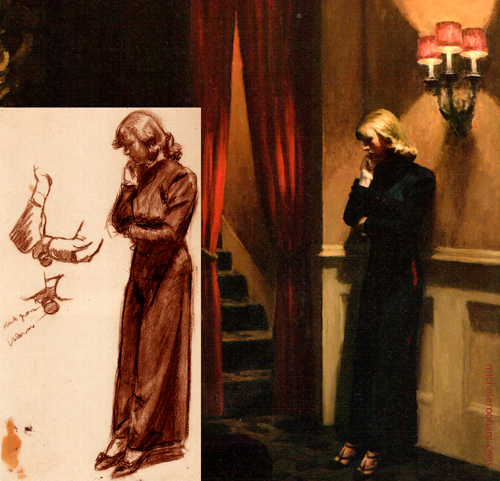
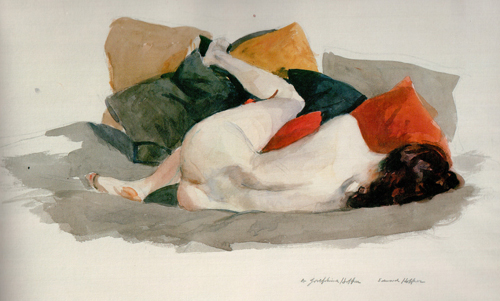
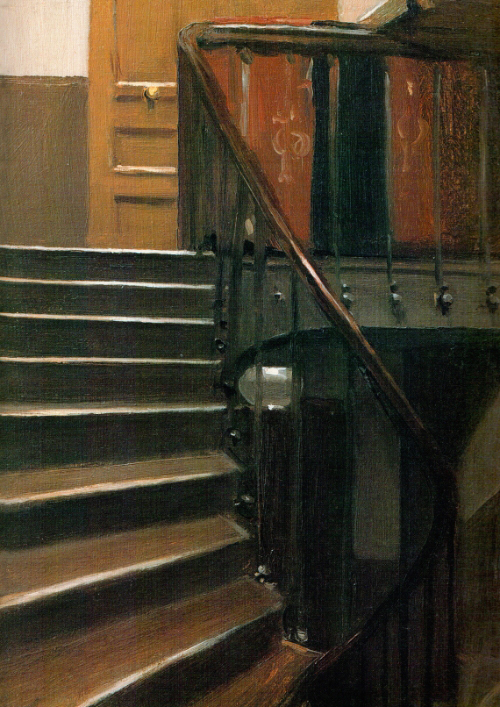
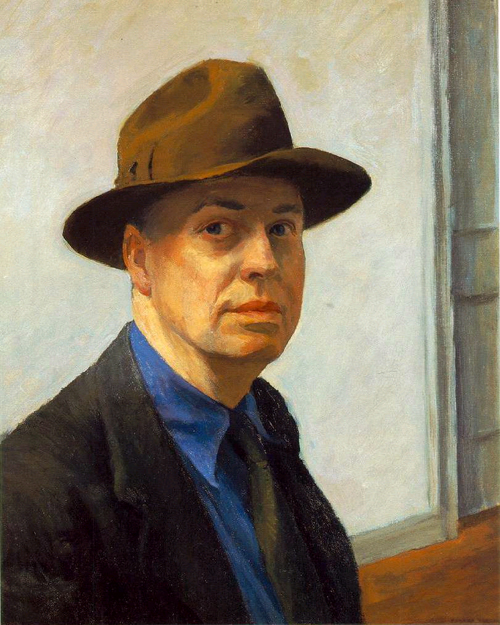

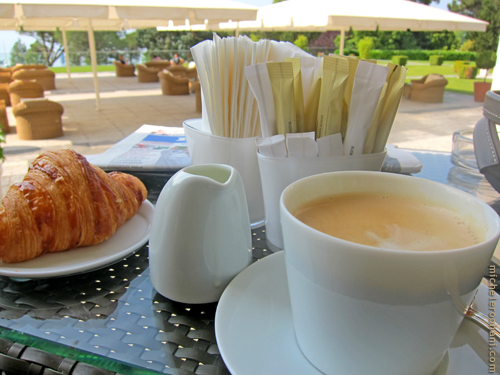
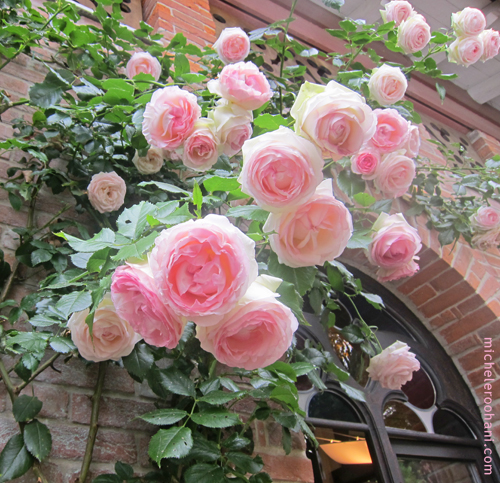

Dear Michele:
Simply, thank you for bringing a moment of CULTURE to our otherwise tedious lives.
Baa mehr o aafarin
what a lovely idea to accept the invite from E. Hopper.
It was long time I did not see some art from him.
Silence, solitude.. two important words in our chaotic world (either in his 1907 and + years, or nowadays).
Maybe these two words, silence and solitude are also two worlds, like bubbles where we can hide/protect ourselves.
How would he have painted a rose ?? just like a silent and lonely woman perhaps.. ?
Aren’t women flowers/roses ??
I forgot to add something..
What I liked immediately in Hopper’s paintings, is the lack of “noisy” objects that could fall on a floor on a table (spoons, knifes, pencils, lighter..)
Total silence, almost oppressive in some canvases, not allowing you to breathe deeply..
Edward HOPPER m’est toujours apparu comme le peintre de la solitude urbaine, à laquelle on tente d’échapper en allant se réfugier dans un café pour échanger des phrases convenues avec le barman ou la serveuse.
Cette opinion ne s’applique cependant pas à ses portraits.
Great Post and Pictures..
Hopper’s best pictures are representational only in that simplified, stripped-down, visually dissonant manner that suggests some distant memory, or a dream….
They are simple, yet mysterious; blunt, yet poetic; familiar, yet at the same time inscrutable. – Walter Wells
Nighthawks might be more widely recognizable in America than most of the works by Pablo Picasso or even Jackson Pollock because its transparent subjectivity speaks directly to the American experience, its ambiguity encourages every viewer to identify personally with the painting, and it has evolved into a meta-object of American culture.
No one knows what, exactly, those people in the diner are thinking, but they don’t have to ask either. They are sad. They are lonely. They are desperate and depraved and they cling to one another and to some mysterious strand of waning hope that we all have, at one point, clung to ourselves.
— Christopher Graffeo
Nighthawks State of Mind..
IN 1941, Edward Hopper began what would become his most recognizable work, one that has become an emblem of New York City. “‘Nighthawks,’”
Read this NYT Feature
http://www.nytimes.com/2010/07/05/opinion/05moss.html
Pingback: Edward Hopper “If I could say it in words…” | Leo Hayden Artwork